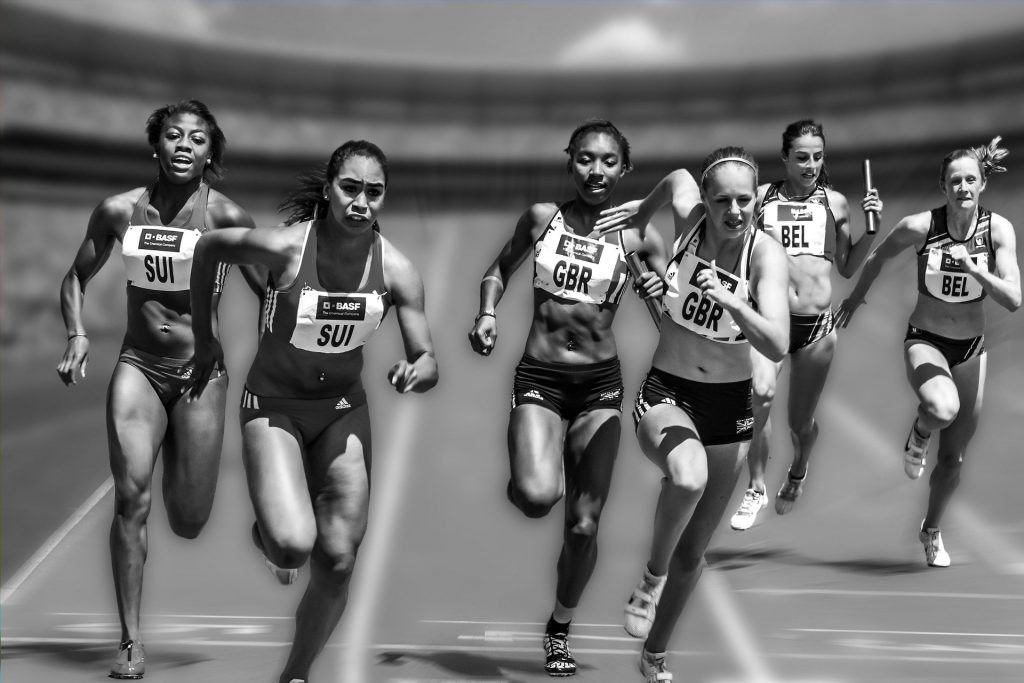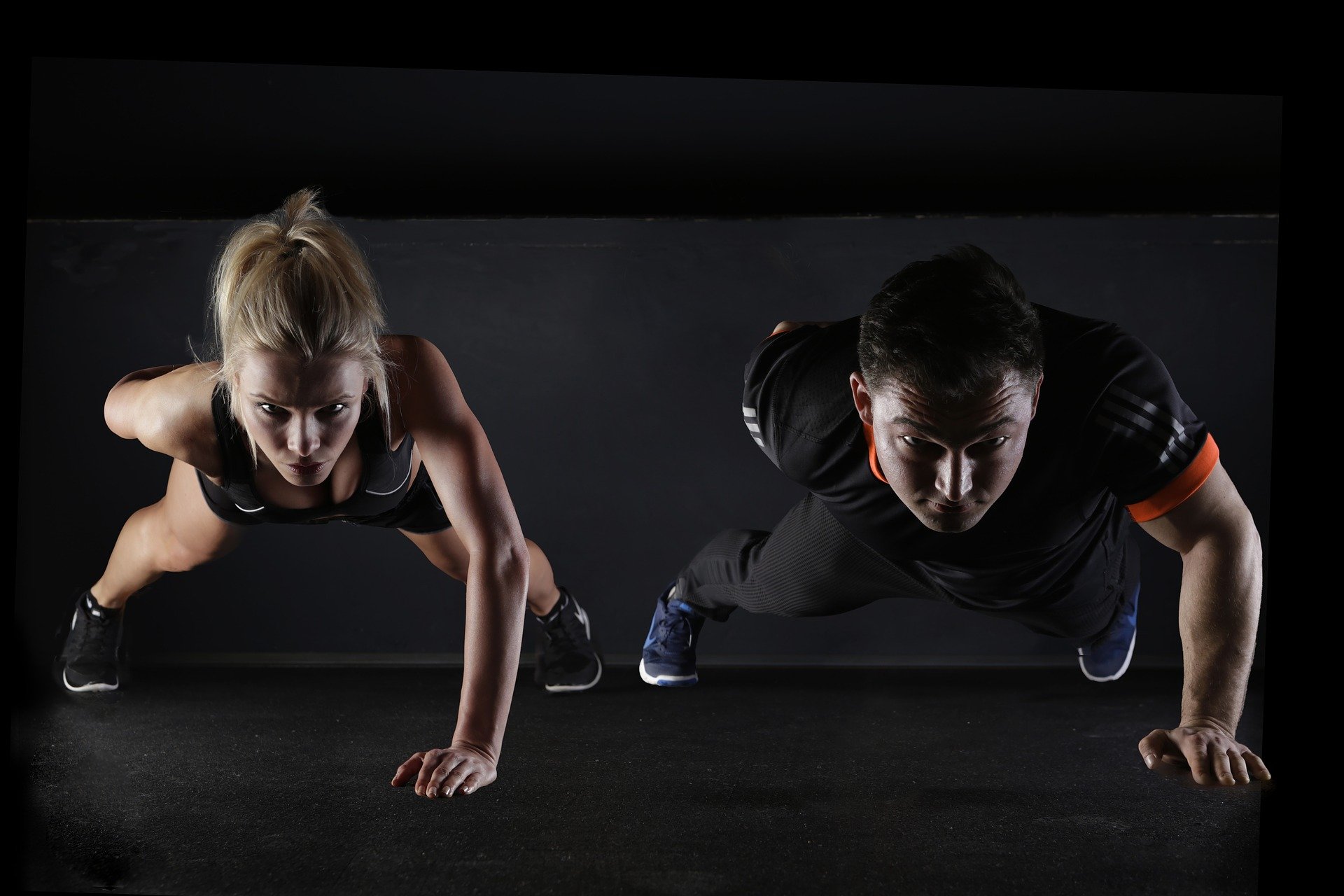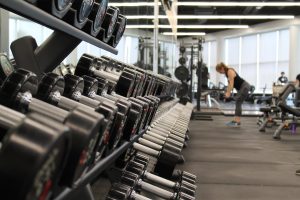Why Running Shoes Don’t Work

It is necessary to fix the running shoe model. What about motion control, cushioning, stability, and pronation? Eliminate them all.
It’s more than barefoot running or minimalism versus running shoes. This is the “either/or” situation that many people portray. It goes deeper than that. It’s not that shoe company owners are evil or out to make money. Although shoe companies might be achieving the goals they have set, it is possible that the goals they are aiming for may not be what they need to achieve. Running shoes are built on a flawed paradigm.
Running shoes are based on two fundamental premises: impact forces and pronation. They are designed to limit impact forces and avoid overprontation. This has resulted in a classification system that is based on motion control, stability, and cushioning. This system may not be able to stand on its own. Are we focusing on the wrong things 40+ years?
Let me start with the usual statistic that 33-56% of runners are injured each year (Bruggerman 2007, 2007). This is quite amazing when you consider it. There are many injuries, so let’s take a look at what shoes should do.
Pronation:
Shoes are based on the idea that pronation and impact forces are what cause injuries. Running has become a curse because of pronation. The motion control shoes have been a popular way to limit pronation. Pronation is based on the idea that excessive pronation causes rotation of lower legs (i.e. The main idea behind pronation is that overpronating causes rotation of the lower leg (i.e.,. This is why running shoes are designed to reduce pronation. Running shoes were designed to align the body properly. But is it really necessary to align properly?
We can see that there are many studies that don’t support the idea of pronation causing injuries. Wen et.al. He found that marathon runners were not at risk from lower extremitly alignment (1997). Wen et. al. He concluded (1998) that minor variations in the alignment of the lower extremities do not seem to be significant risk factors for running-related injuries. Similar conclusions have been reached in other studies. Nigg et. al. A 2000 study showed that ankle and foot movement could not be used to predict injury in large groups of runners.
If foot pronation/foot movement does not predict injury or reduce the risk of injuries, it is time to question whether or not this concept is sound.
The second question is: Does shoes actually alter pronation? There are many ways that motion control shoes can reduce pronation. Many people insert a medial pin or similar device. Stacoff (2001) tested various motion control shoes and found that they didn’t alter pronation or change the kinematics. Butler (2007) also found no difference in peak prosenity between cushioning and motion control shoes. Dixon (2007) also found similar results, showing that motion control shoes didn’t reduce peak eversion or pronation and did not alter the pressure concentration.
This double-whammy is a big deal for motion control shoes. Motion control shoes are not designed to alter pronation and prevent excessive pronation from causing injuries.

Cushioning:
Running injuries can also be caused by impact forces. It is believed that the more impact force the foot/leg experiences on the lower leg, the greater the stress it takes. This could lead to injury. Running shoes, especially cushioning ones, can be used to combat this fear. Let’s take another look.
First, does cushioning footwear do its job?
Wegener (2008) tested the Brooks Glycerin and Asics Gel-Nimbus to reduce plantar pressure. The shoes were able to do their job !…. But the areas where it reduced pressure was highly variable. Meaning that pressure reduction varied between forefoot/rearfoot/etc. It was then decided that shoes should be prescribed based on the plantar pressure of each person. This reduction in pressure was calculated based on the comparison of a tennis shoe to another shoe. This is not a good control. This study shows that running shoes with cushioning decrease peak pressure compared to tennis shoes.
Nigg (2000) concluded that the midsole of running shoes had a minimal effect on impact force peak external and internal. This indicates that cushioning does not alter impact forces in any significant way. How is this possible? It’s obvious that if you jump on concrete, the shoe surface will be softer. This question will be addressed in a moment.
The Impact Forces picture becomes cloudier
It’s not as easy as it sounds. Scott (1990), conducted an interesting study that examined peak loads at the possible injury sites for runners (Achilles and knee). All peak loads were observed during push off and mid-stance. This resulted in the important discovery that the impact force at heel contact had no effect on peak forces seen at chronic injury sites. It led to speculations that the impact force was not related to injury development.
The impact force concept is further complicated by the fact that soft surfaces have no protection against injury when compared to hard surfaces. This is why? This is due to something called muscle tuning and pre-activation, which we will discuss below.
Other studies support this finding. They show that people with low peak impacts are at the same risk of being injured as those who have high peak impact forces (Nigg 1997). Impact seems to be the driving force behind increased bone density.
This should be obvious to you as a trainer or coach. If the stimulus is small and there is sufficient recovery, the bone will respond by becoming more resistant.
Our Body is Underestimated: Feedback from Impact Forces
Let’s return to my earlier question: How can the impact forces not be changed based on the sole of a shoe? Why doesn’t running on hard surfaces cause more injuries?
Problem is that we underestimate the human body. It’s amazing, and we don’t give it enough credit. If given the chance, the body will adapt to whatever surface it is going to hit. The body adapts to the surface and shoe by changing joint stiffness and the way that the foot strikes. This concept is called muscle tuning.
Barefoot running is an example of this. The diminished proprioception (sensory information) caused by wearing shoes negates the cushioning. Studies with minimal shoes/barefoot showed that the body adapts the impact forces/landings based on feedback and feedforward data. The body uses a variety mechanisms to adjust for optimal protection and landing when running or jumping. The body will put a cushioned running shoe on your foot. It then says “Oh, okay, we don’t have to worry as much about impact, we have this soft piece on our foot.”
Muscle tuning is a concept that deserves to be discussed more. This concept was recently suggested by Nigg et al. In 2000. As I mentioned earlier, he sees impact force in the body as a signal or source of feedback. This information is then used by the body to adjust in order to reduce soft tissue vibrations and bone vibration. He argues that the problem is not impact force, but the signal. These vibrations can be controlled by muscle tuning using a variety of techniques. Pre-activation is one possible mechanism. Pre-activation refers to activation of muscles before impact. It is used to tune the muscles in preparation for impact. Multiple EMG studies have shown that pre-activation can be achieved.

This is not just the impact of shoes, but also the surface type. The change in running surface didn’t impact injury rates, as we have already mentioned. Why is this? It’s because our bodies adapt to the running surface. O’Flynn (1996) conducted an interesting study that measured muscle activity and found that pre-activation varied depending on the surface. Pre-activation is necessary to prepare for impact and minimize bone/muscle vibration. Concrete pre-activation was high while soft tracks were low.
All of this is to say that the body adapts through sensory input. There are many adaptation methods. The shoe can influence how the body adapts. The shoe does not alter cushioning. It simply affects how the body reacts to impact. This is a huge mental leap. Summary: Changes in the type and material of a shoe do not affect the alignment of the lower legs or the cushioning. It alters sensory feedback, which can change the impact characteristics.
Let’s conclude with the cushioning concept. What are we trying to cushion here? In fact, injuries have not been linked to heel impact forces. One study found that low-impact runners suffered a 30% rate of injury compared to high-impact runners who sustained a 20% rate. Shoes’ midsoles don’t change or marginally alter impact forces. The shoes may not be fulfilling their purpose, and cushioning might not be the solution. What about the shoe cushioning studies that show improved cushioning due to their new midsole? The majority of the testing was done using a machine to simulate running’s impact forces. This means that while it might cushion the impact more, it doesn’t account for the body’s ability to adjust the impact based upon feedback.
Why does cushioning not work? Because the body adapts to feedback and feedforward information. These results prompted one notable researcher(Nigg,2000) to call for the reconsideration of the cushioning paradigm for running shoes.
Running barefoot?
Barefoot running is a quick and easy topic to cover. It is interesting to observe that barefoot running has a lower initial peak impact force than running in shoes. This means that the impact forces for shoes are (A) and (B) respectively. The initial impact force is that tiny blip in A. This initial impact force could be related to injuries, according to one hypothesis.
A recent study by Squadrone et al. Squadrone et al. (2009) compared running in Vibram Five Fingers, running in running shoes, and running barefoot. When running barefoot (and Vibram Five Fingers), they showed a reduction in impact forces, shorter ground contact, and a longer stride length. However, stride frequency was higher than when running with shoes. This is not surprising, but it shows that running shoes can alter our normal strides. Interesting is the decrease in stride length, but an increase in stride frequency. This is due to increased ground contact and frequency. Shoes encourage a longer stride. Changes in feedback signaling, greater likelihood of landing on heels stretched out, and increased weight all contribute to longer strides on the ground. It is interesting to see that elite runners have shorter ground contacts and higher frequencies, as demonstrated by the Daniels study which measured 180 steps per minute.
This is in line with the discussion about the body controlling things using sensory information. Running barefoot causes a greater degree of stiffness in your lower leg. An increase in stiffness can lead to a greater SSC (stretch-shortening cycle) response. This results in greater force for the push off (2001). Dalleau et al. Pre-activation that causes stiffening increased Running Economy. His study found that running’s energy costs were related to stiffness in the lower leg (1998)





